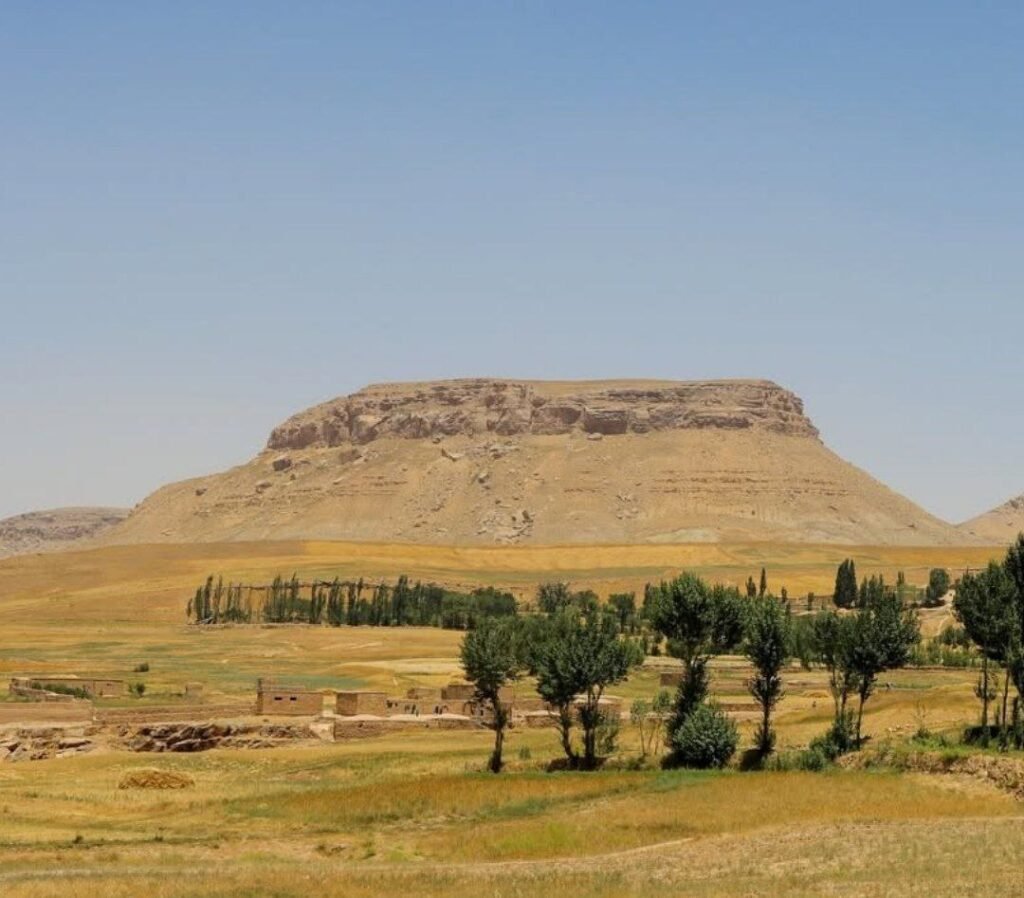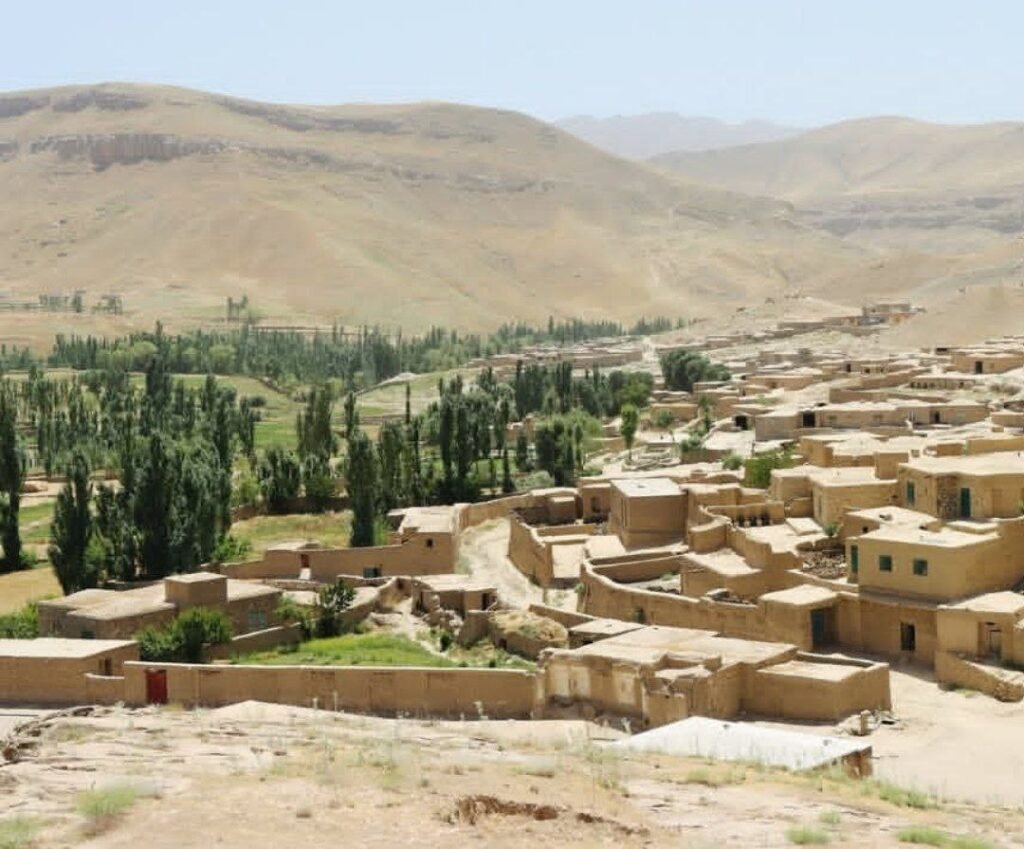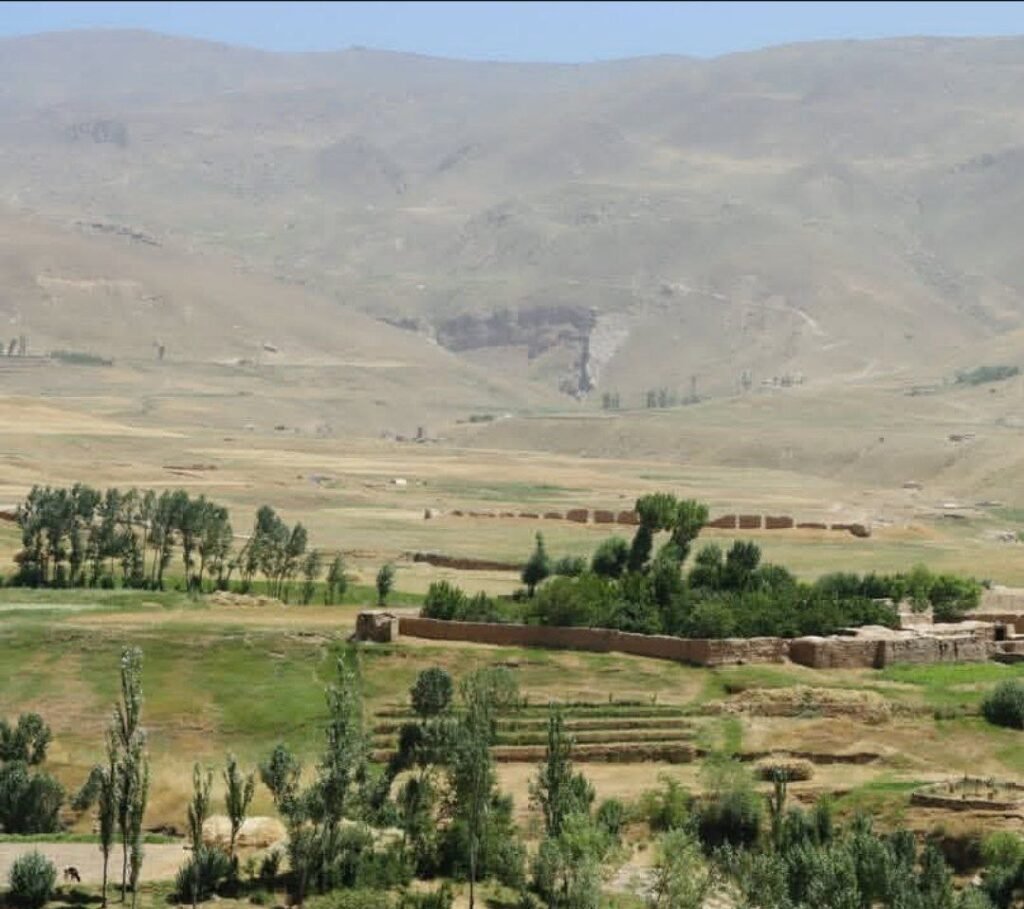Zendejan District
Herat Province, located in western Afghanistan, is renowned for its diverse climate and geography, making it one of the most prominent provinces in terms of natural resources and pristine tourist attractions. The districts of Zendejan and Qoryan, especially in their border areas, feature breathtaking landscapes, valuable water resources, and natural vegetation, offering an excellent foundation for developing rural tourism and ecotourism.
This article examines the location, capacities, and current status of two important areas: Bend-e Qoryan and Zendejan Forest. Due to their geographic position, indigenous culture, and unique natural environment, these areas have attracted the attention of locals and nature enthusiasts alike.
Geographical Location and Access
Bend-e Qoryan is located at the border between Zendejan and Qoryan districts, approximately 30 to 35 kilometers from Herat city center. Access to this area is possible via the Pul-e Hashemi road, and traveling by private vehicle takes less than an hour.
Zendejan Forest, locally called “Qorogh,” lies in the heart of Zendejan district. This area is known for its relatively dense vegetation and protected lands, which give it a special status among local communities.
Bend-e Qoryan: A Source of Agriculture and Natural Beauty
Bend-e Qoryan is a vital water source for western Herat. Fed by natural water, this dam plays a key role in irrigating farmlands in Qoryan, Kohsan, and parts of Injil districts. Beyond its economic importance, Bend-e Qoryan is also naturally significant; the surrounding mountains, reflective waters, and tranquil environment make it an ideal location for relaxation and ecotourism.
Zendejan Forest (Qorogh): A Protected Green Space
The term “Qorogh” in the local Herati dialect refers to an area temporarily or permanently protected by the local people or authorities. In these zones, the extraction of natural resources like wood or plants is limited or prohibited. Zendejan Forest, as one of these qoroghs, boasts natural vegetation, lush grounds, and an environment suitable for family and friendly gatherings.
Culture, People, and Hospitality
One notable feature of these regions is the rich local culture. Visitors often experience warm hospitality, traditional clothing, and local foods such as tandoori bread, land meat, and saffron tea. Many locals also engage in handicrafts like felt weaving (namad), which holds cultural significance and provides economic benefits for families.
Tourism and Recreational Opportunities
Despite the natural beauty and open spaces, these areas lack adequate tourism infrastructure. Nevertheless, activities such as:
- Nature tourism and camping
- Photography of landscapes and wildlife
- Introducing native cuisine
- Showcasing handicrafts
- Walking and morning exercises
are possible here. With proper planning, these could attract both domestic and international tourists.
Challenges and Needs
Despite their potential, Bend-e Qoryan and Zendejan Forest face several challenges:
- Lack of paved roads and difficult access during rainy seasons
- Insufficient sanitation and public services
- Environmental pollution due to irresponsible waste disposal
- Lack of awareness among some visitors about nature conservation
Suggestions and Solutions
To preserve and develop these areas, the following measures are recommended:
- Improve road infrastructure and install directional signage
- Establish recreational camps or local guesthouses in cooperation with residents
- Organize educational tours focusing on environmental protection
- Raise public awareness through media and social networks
- Foster cooperation between government entities and local communities to maintain qoroghs
Natural sites like Bend-e Qoryan and Zendejan Forest are valuable geographical, environmental, and cultural assets of Herat Province. Protecting and wisely utilizing these resources can not only support sustainable regional development but also enhance social vitality, strengthen local culture, and expand tourism on both national and international levels.


